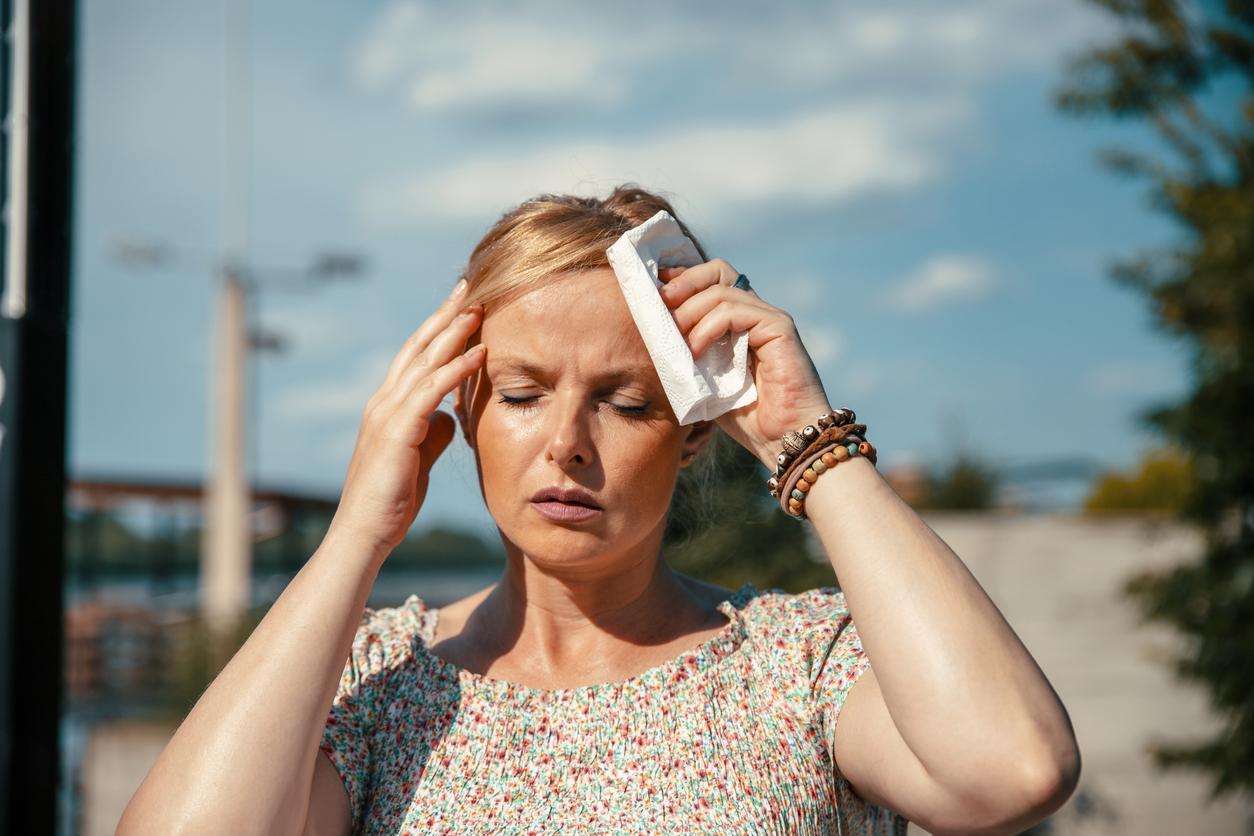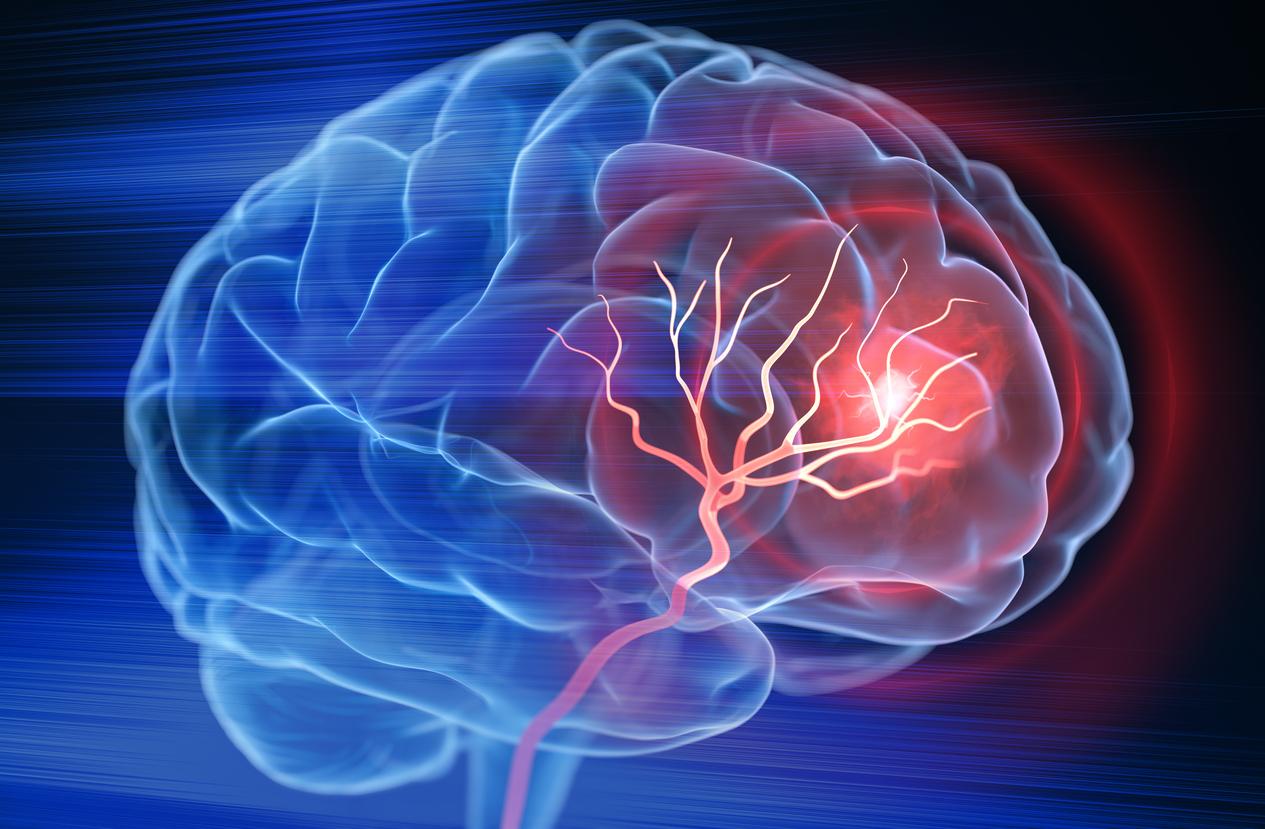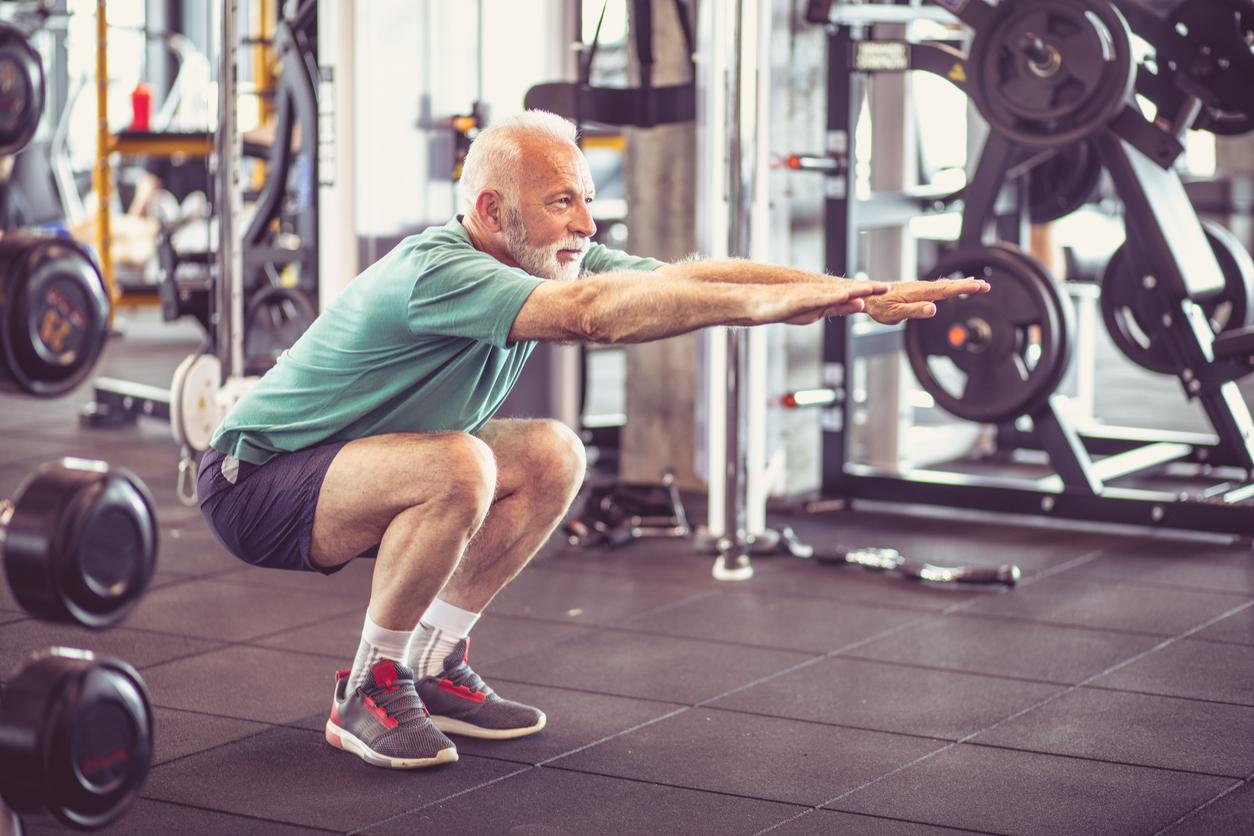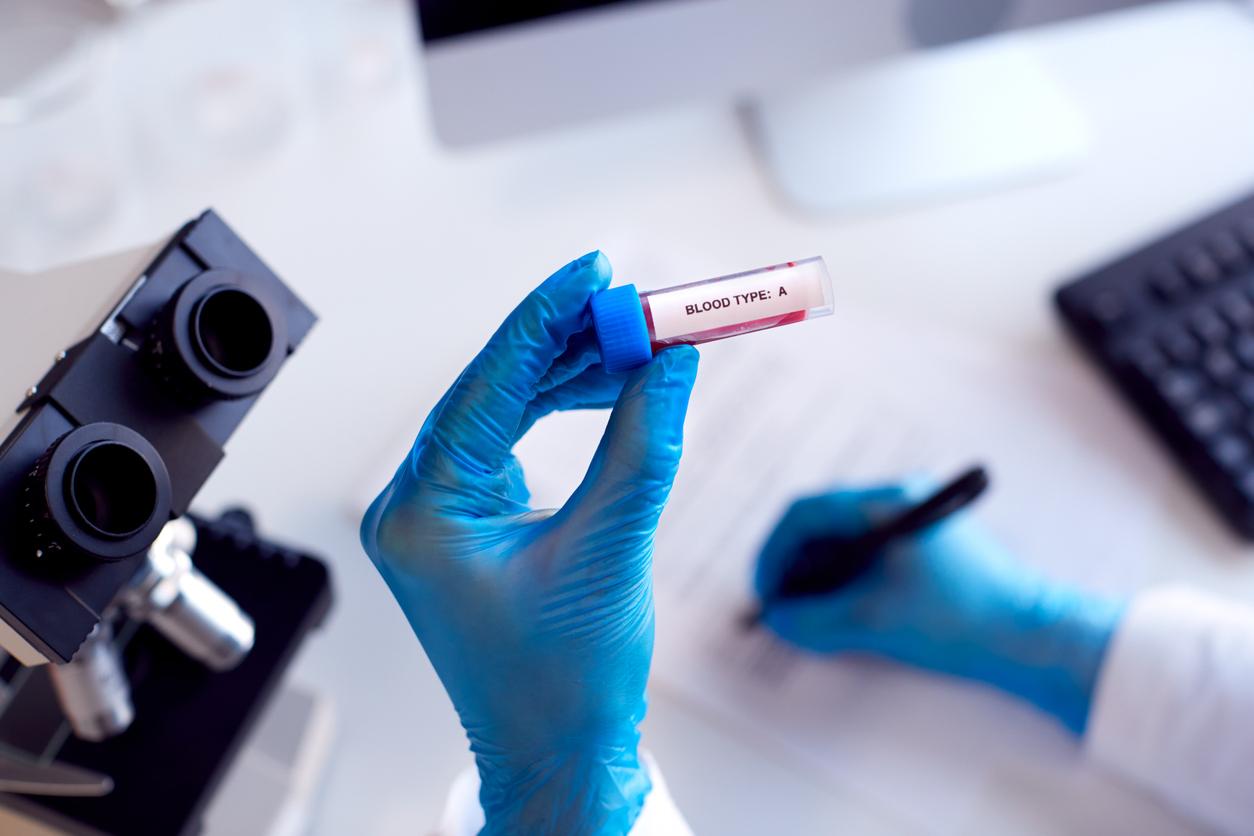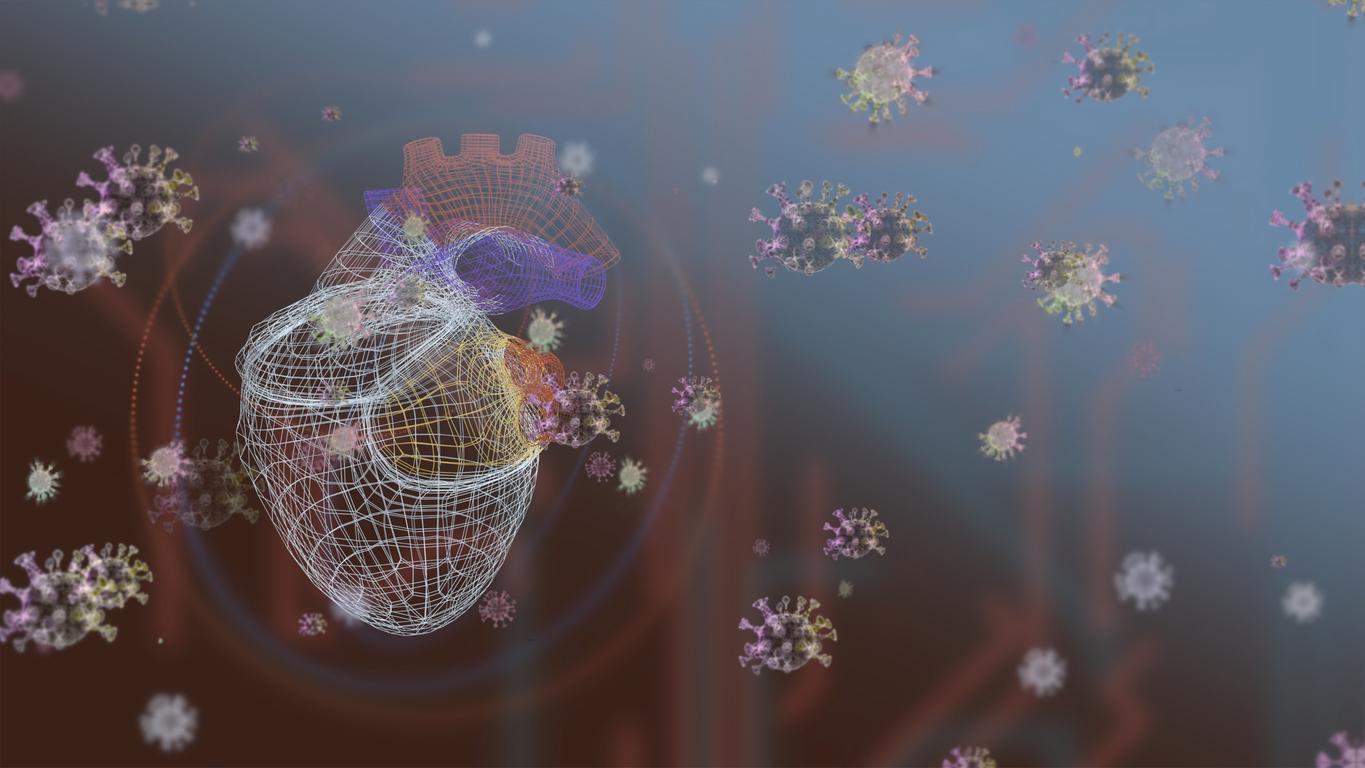US researchers have developed a wearable, glove-like medical device that provides vibrotactile stimulation to the hand and fingers to reduce muscle spasms.
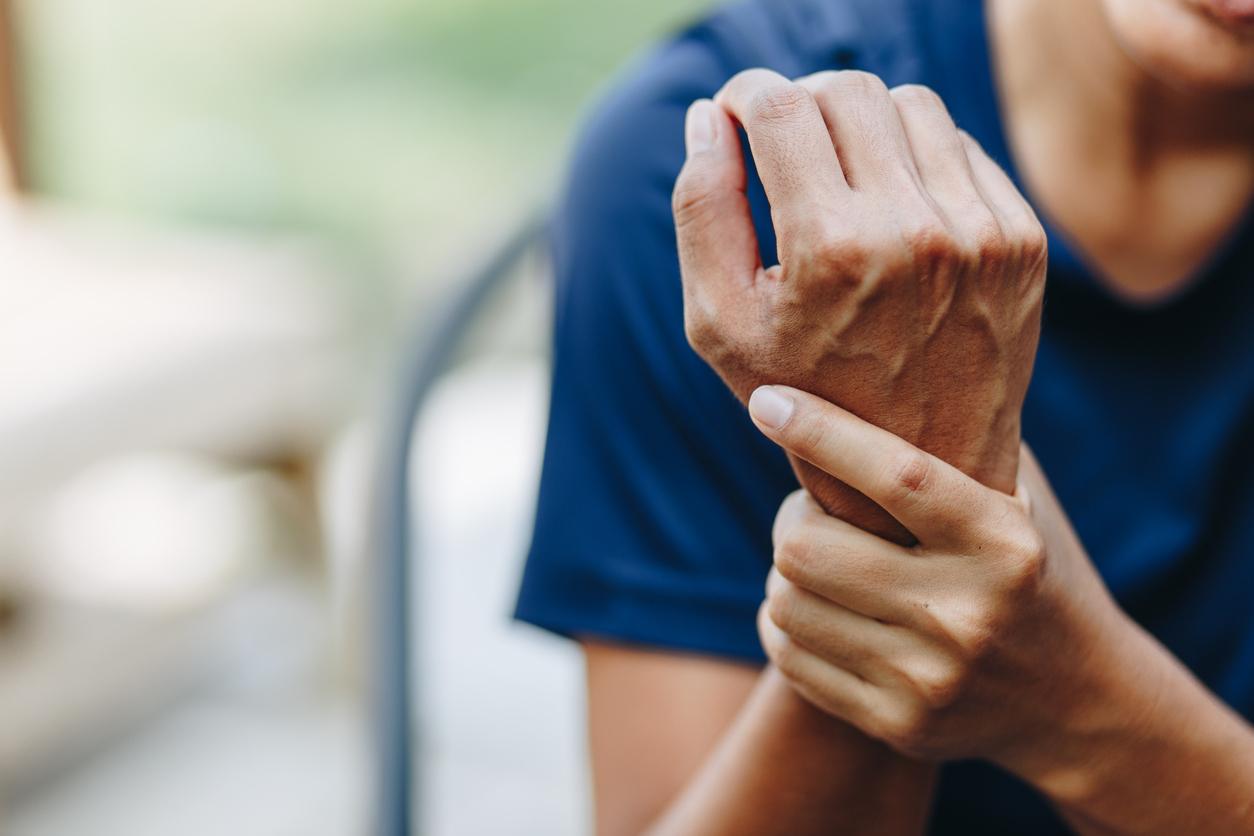
- The glove, developed by engineers, surrounds the wrist, palm and fingers and provides subtle and discreet vibrations.
- Its daily use helps reduce involuntary muscle stiffness and permanent exaggeration of muscle tone, from which people who have suffered a stroke suffer.
- Currently, this wireless medical device is only available to patients participating in the clinical trial, but researchers hope to make it available to the general public soon.
After a stroke, survivors often experience sudden, short, unexpected, and usually painful contractions of a muscle or group of muscles. These spasms can twist their hands into perpetual fists. Currently, the only treatments available are expensive and often painful botulinum toxin injections or very strong medications, which can put patients to sleep.
A glove that provides vibrations similar to those of a cell phone
To help people suffering from stroke, engineers from Stanford University and the Georgia Institute of Technology (United States) have developed a vibrating glove. The prototype was first developed as a tool to help adults learn motor tasks, such as typing on a keyboard or playing a musical instrument through haptic guidance. The device was later investigated as an interactive musical exercise tool for people with partial spinal cord injuries. The latest version of the device surrounds the wrist, palm and fingers and includes motors that provide continuous high-frequency stimulation to the fingers as well as the muscles of the hand and wrist. The vibrations are subtle and discreet, comparable to the intensity of vibrations from a cell phone. This means patients are free to go about their activities while wearing the device.
Glove vibrotactile stimulation relieves post-stroke spasticity and hypertonia
As part of their study, published in the journal Archives of Physical Medicine and Rehabilitation, the researchers wanted to test the effectiveness of this portable wireless device. For this, they recruited 20 people who had suffered a stroke. Participants received botulinum toxin injections. For the purposes of the research, the volunteers had to wear the vibrating glove for three hours a day, for eight weeks, at home or during daily activities.
“A clinically significant difference in spastic hypertonia was noted during and after daily use of the glove”, we can read in the results. According to the team, high-frequency mechanical vibrations on the hands and fingers helped reduce spasticity, which is involuntary muscle stiffness, and hypertonia, which is a permanent exaggeration of muscle tone, and more one month after using the glove. More than half of the participants who received regular botulinum toxin injections achieved equal or better results with daily use of the vibrating glove. Some volunteers even chose to stop their standard treatments after using the wearable medical device.
“We would like to start making it a therapy accessible to the public”
“Vibration therapies are not unheard of, so we knew we would see results, but from a clinical perspective it was just amazing to see that these beneficial effects persisted,” said Allison Okamura, co-author of the work. “The vibrotactile stimulation method was able to significantly improve symptoms. We believe it can potentially treat several effects of stroke, namely numbness, spasticity and, for some, limitation of movement. range of motion. We are particularly excited about treating spasticity, as it affects many people’s quality of life and has negative health consequences.”added Caitlyn Seimlead author of the study.
For now, the vibrating glove is only available to patients participating in the clinical trial, and researchers are preparing for the next phases, which will include additional clinical studies to understand the long-term effectiveness of the device and its optimal design. “We believe we have enough clinical trials under our belt to know that vibrotactile stimulation is a safe and effective treatment. We would like to start making it a therapy accessible to the general public,” they concluded.











